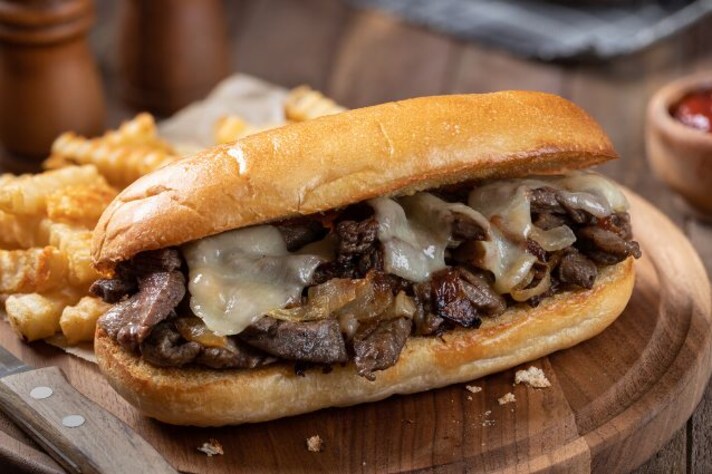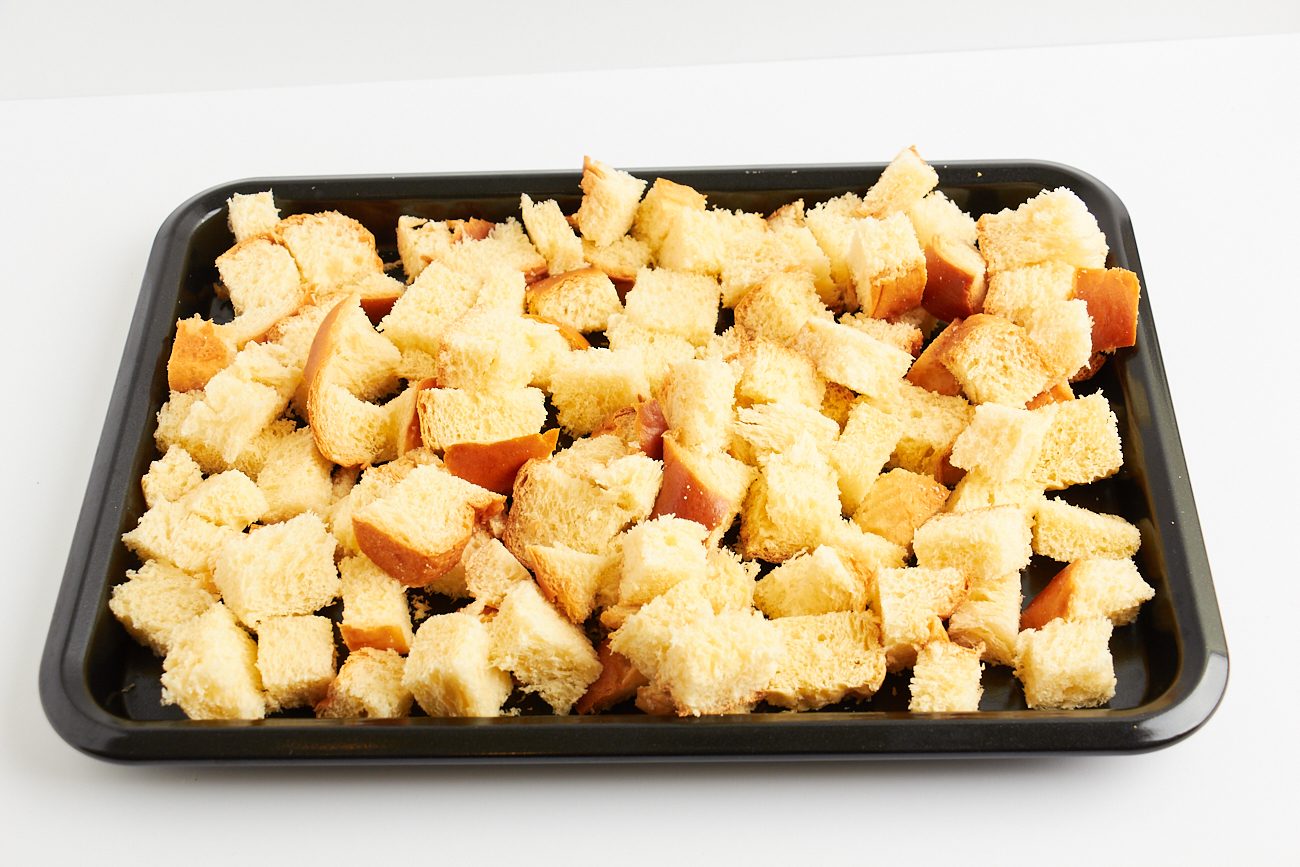Here’s Why You Should Never Let Beef Lose Its Juices When Making a Cheesesteak Sandwich
A cheesesteak’s flavor and texture rely heavily on retaining the juices from the meat. These juices provide moisture, carry seasoning, and help the cheese melt perfectly into the meat. Losing them can result in a dry, lackluster sandwich. Keeping those juices ensures a tender, flavorful, and satisfying cheesesteak every time.
;Resize,width=742;)
When it comes to a great cheesesteak, the meat is king, but its juices are the unsung heroes. The sizzling, savory liquids that are released as you cook the steak help create the perfect flavor profile. The mistake many people make is letting these juices escape or, worse, discarding them during the cooking or assembling process. Doing so robs your cheesesteak of the richness and depth of flavor that make it so iconic. These juices are packed with the essence of the meat, and when you let them go to waste, you’re not just losing moisture—you’re losing a vital component that brings the sandwich together.
Juices Add Moisture and Tenderness
Cheesesteaks, especially those made from thinly sliced ribeye or sirloin, can sometimes lean toward dryness if not cooked or assembled carefully. The juices from the meat, however, serve a crucial role in maintaining the sandwich’s moisture. If you’re not careful to retain and incorporate those juices, you’ll end up with a dry, tough bite that will make your sandwich feel like a chore to eat rather than a joy. By keeping the juices in the mix, you’re ensuring that each bite is tender, juicy, and satisfying—giving your cheesesteak that melt-in-your-mouth quality everyone craves.
The Juices Are Packed with Seasoning
Not only do the juices keep your cheesesteak moist, but they also carry all of the seasoning and flavorings you’ve used in cooking the meat. Think of all the delicious things that go into the pan—garlic, onions, pepper, salt, maybe a little Worcestershire sauce or a dash of hot sauce. All of these flavors get absorbed into the meat and then released into the juices, forming a rich, flavorful broth that’s essential to the overall taste of the sandwich. Losing those juices is essentially tossing out a big chunk of flavor that you’ve worked so hard to create. Without them, your cheesesteak will be missing the depth and complexity that make it truly special.

Juices Help Integrate the Cheese
While cheese is undoubtedly the star of a cheesesteak, it’s the interplay between the cheese and the meat that takes the sandwich to the next level. Those flavorful juices help melt the cheese into the meat, creating a deliciously gooey, cohesive bite. When you let the juices escape or skip them altogether, the cheese won’t have the same opportunity to melt properly into the steak. Instead of a luscious, cheesy bite that blends perfectly with the meat, you’re left with uneven layers, and the sandwich lacks that irresistible, cohesive melt that defines a great cheesesteak.
A Dry Cheesesteak Is a Sad Cheesesteak
Let’s face it: A dry cheesesteak is a disappointment. It’s the kind of sandwich that leaves you wondering where it all went wrong. While a cheesesteak can have all the right ingredients—tender steak, perfect cheese, soft rolls—if the meat loses its juices, it’ll turn into a sad, unappetizing version of what should be a hearty, flavorful sandwich. The balance between the juicy, tender meat and the rich, melted cheese is what makes every bite so satisfying. If you fail to capture and keep those precious juices, your cheesesteak will lose the soul of what makes it iconic, and you’ll be left with a dry, flavorless mess.

How to Keep the Juices in Your Cheesesteak
Now that we’ve established why those juices are so important, let’s talk about how to keep them in your cheesesteak. One simple trick is to avoid overcooking the meat. Overcooking leads to the meat shrinking and releasing more juices than you might want, but it also toughens the steak. By cooking your steak to the right level of doneness, you help retain those juices. Additionally, you can keep the juices in your pan while you cook, ensuring they’re absorbed back into the sandwich as you assemble it. You can even spoon some of the flavorful liquid over the meat as you add the cheese to make sure it integrates properly. If you’re really into it, you can use a little of the leftover juice as a dipping sauce, adding an extra layer of flavor to every bite.
;Resize,width=767;)

;Resize,width=712;)
;Resize,width=712;)
